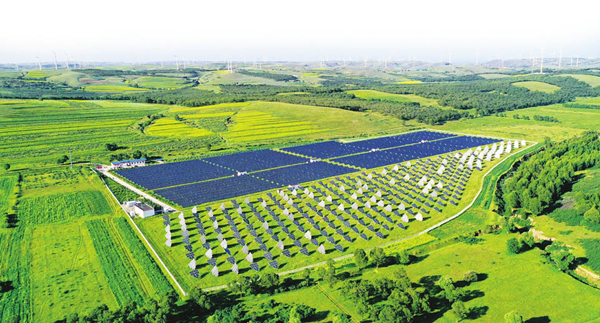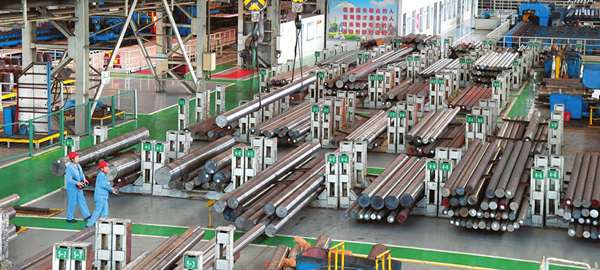Shanxi province contributes to reaching dual carbon goals
Updated: 2022-03-17

A solar farm in rural Shanxi [Photo/Shanxi Daily]
North China's Shanxi province has taken major and solid steps in helping the country reach its peak carbon dioxide emissions target before 2030 and achieve carbon neutrality before 2060.
The province has been promoting a green development model of low energy consumption, low pollution and low emissions.
Since 2021, Shanxi has built related innovative platforms and technology innovation centers, established the Shanxi Laboratory for the Yellow River and the Yuncheng Demonstration Zone for Ecological Protection and High-quality Development in the Yellow River Basin.
To promote the green and low-carbon transformation of the industrial structure and complete the calculation of core indicators, 107 local power generation companies have participated in national carbon emissions trading.
They have done a good job in greenhouse gas emissions verifications, and quota verifications. The province's carbon dioxide emissions per 10,000 yuan ($1,571) of GDP continued to decline last year.

A steel factory using green and low-carbon technologies in Taiyuan, Shanxi province [Photo/Shanxi Daily]
Moreover, the province has promoted coal consumption reductions and substitution in an orderly manner. It completed the environmental evaluation approval of 22 coal mines that increased production and ensured supply and increased annual production capacity by 34.7 million metric tons. What's more, coal, electric power, iron and steel, coking and other industries underwent intelligent, green and service-oriented transformations.
According to Wang Yanfeng, director of Shanxi Department of Ecology and Environment, the province will continue to reduce carbon emissions, reduce pollution, expand its greening coverage and promote its coordinated eco-friendly growth.
It will support the research, promotion and application of green and low-carbon technologies, and promote a clean and low-carbon development, diversified utilization and the comprehensive storage and transportation of coal. It will also strengthen internal carbon emissions and carbon asset management in key industries, such as electric power.



